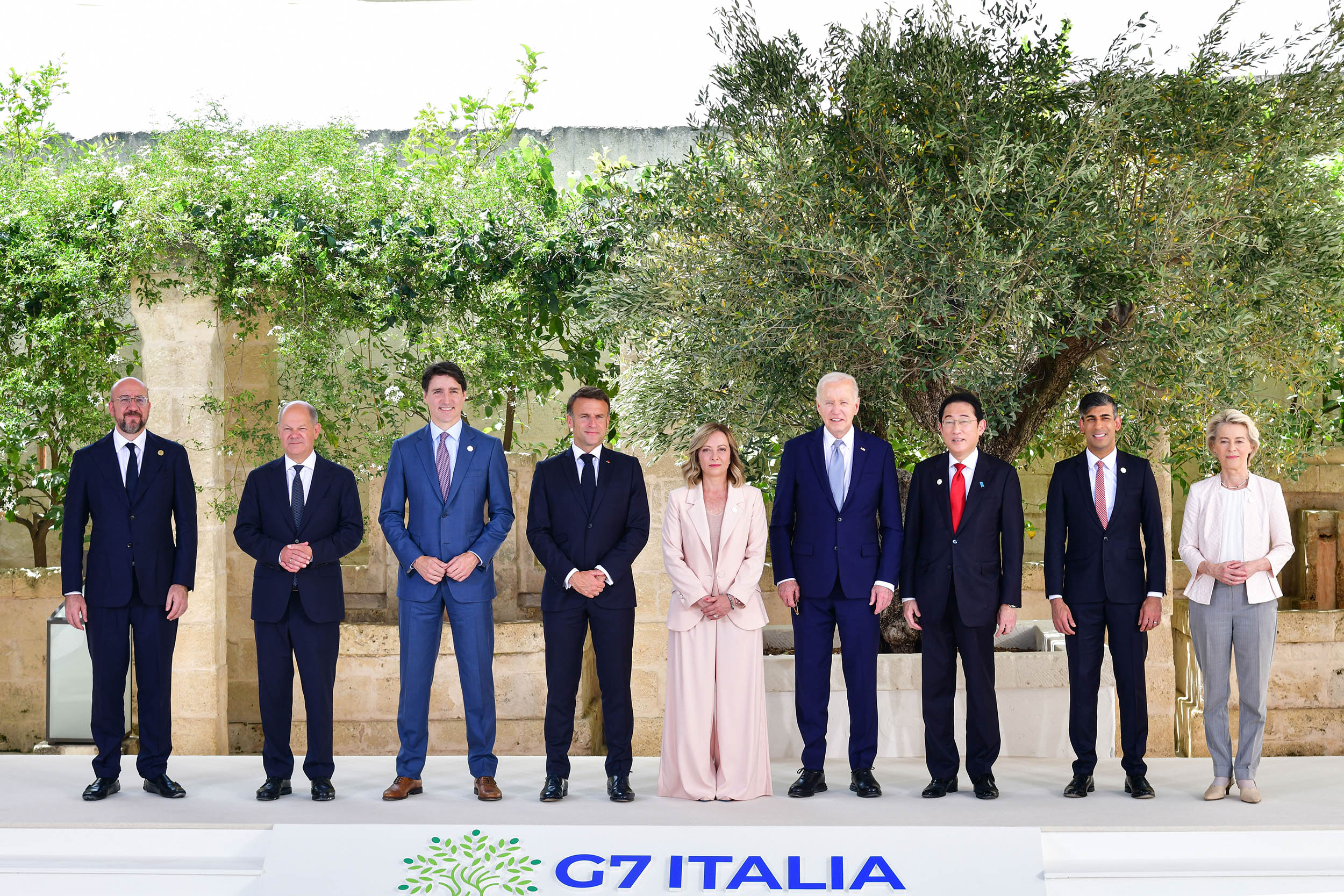International
The 50 Billion loan from G7 to Ukraine: a dangerous mess

All the mainstream media rushed to celebrate the great innovation of the G7: the $50 billion loan to Ukraine paid from the returns of Russian assets seized at the start of the war. A plan that is utterly fuzzy, unclear, and will require a great deal of technical work to be able to define the operationalization of the financial instrument.
The stroke of genius should be right in who pays the loan. Ursula von der Leyen was quick to point out that European taxpayers will not cough up a penny. So the money is supposed to come from the $200 billion seized from Euroclear, the European clearing house, and the ‘assumption of the existence of a steady and certain flow of financial proceeds. These sums, ranging between $3 and $5 billion a year, should be sufficient to pay the interest and principal of a loan issued on the bond market, the proceeds of which would then be lent to Kiev. That is, if such cash flows existed.
Who would venture to subscribe to a bond secured on such a legally fragile basis? Here we have two levels of uncertainty:
First, there is a problem with the certainty of the financial flows produced by the money seized in Euroclear. How are they invested? What flows will they generate in the future? Beware that we are only talking about the returns; the capital is untouchable unless we want to generate a further level of violation of international regulations.
What is the legal basis for this seizure? There is an international regulation to protect these ordered figures. Will investors trust investors to buy securities that are based only on the quasi-unilateral appropriation of a country’s assets that may even give rise to repayments tomorrow?






